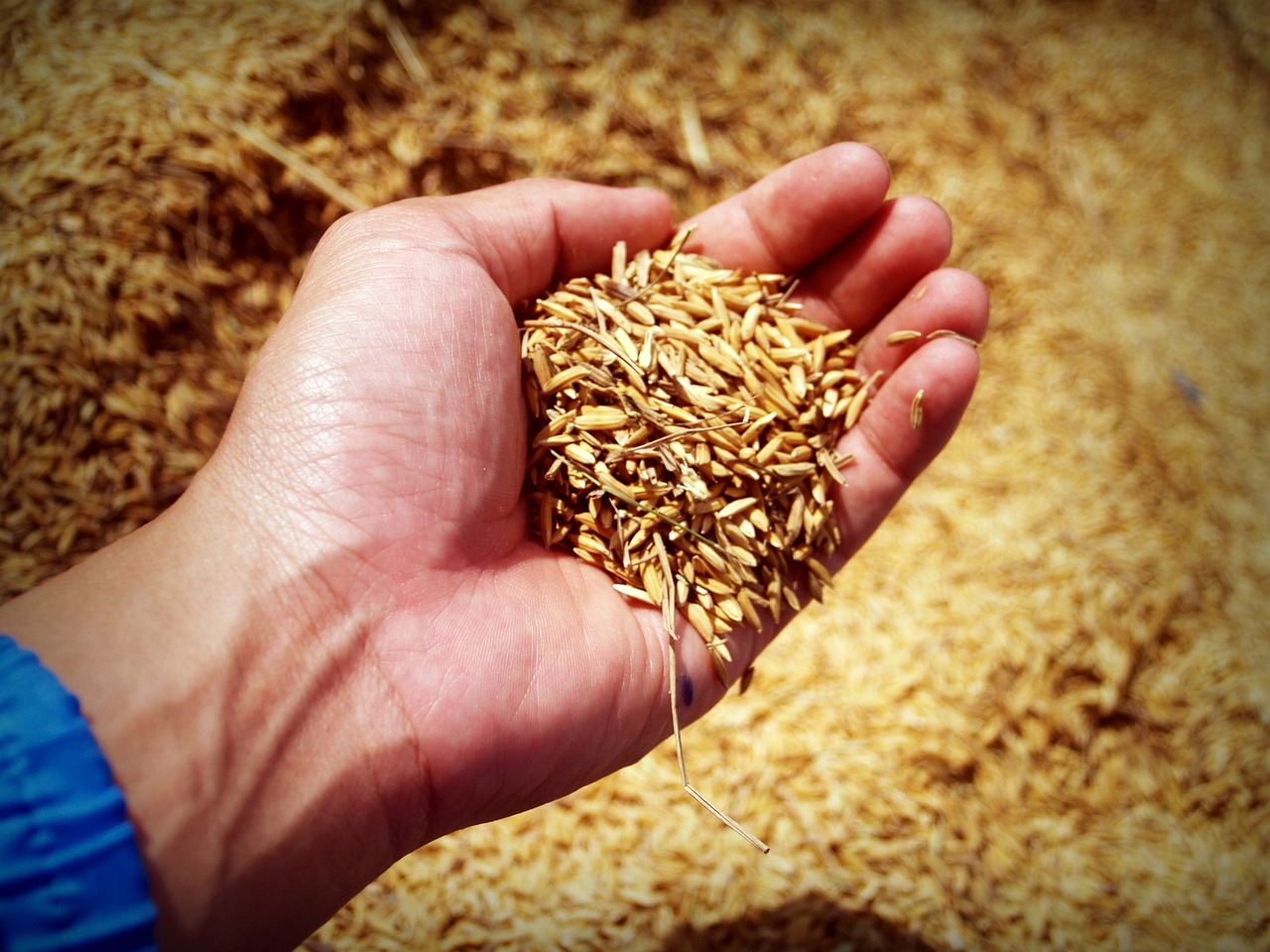
We often think of rice as a staple in our diets. It’s the base for numerous dishes, from stir-fries to casseroles, and an accompaniment to various proteins. However, what if there was a healthier alternative that still gives you the satisfaction of a grain-based dish with more nutritional value? Orzo is a rice-shaped pasta that offers a compelling and healthy alternative to your typical rice bowl.
Orzo Benefits
Are you interested to know Orzo benefits? Orzo, despite looking like rice, is made from semolina wheat. It offers a unique blend of nutrients including protein, fiber, and essential vitamins and minerals.
It’s a popular choice among health-conscious individuals for its relatively low-calorie count and higher protein content than white rice.
Fiber is another bonus; while white rice lacks this essential nutrient, orzo offers a decent amount that aids in digestion and promotes feelings of fullness.
Unlike white rice, which can spike your blood sugar levels, orzo has a lower glycemic index, meaning it doesn’t cause a rapid sugar rush followed by a crash.
A Versatile Ingredient
Orzo is a versatile replacement for rice in a wide range of dishes, including casseroles, soups, and salads. Its tender, chewy consistency complements an array of tastes, from pungent cheeses to aromatic herbs.
If you want to transition from rice to orzo, you can start by making simple swaps in your favorite recipes.
For instance, try preparing a Mediterranean orzo salad instead of your usual rice-based dish, or incorporate orzo into your next chicken soup for added texture and nutritional value.
Nutritional Showdown: Orzo vs. Rice
Let’s explore the nutritional details more comprehensively. A serving of cooked orzo comprises approximately 200 calories, marginally less than what you’d find in a similar serving of white rice.
Regarding protein content, orzo surpasses white rice by providing about 7 grams per cup, as opposed to the 4 grams you’d get from a cup of white rice.
Even when compared to nutrient-dense rice types like brown or black, orzo presents a strong case, especially if your dietary goals include boosting your protein levels.
Easy to Cook, Easier to Love
One of the advantages of using orzo is the ease of cooking. Unlike rice, which can be tricky to get just right, orzo cooks much like other types of pasta.
You boil it in water for about 8-10 minutes, and it’s ready to eat. It’s also less starchy, which means no more sticky, clumpy grains.
This makes orzo a convenient option for quick weeknight dinners when you’re short on time but still want to put a nutritious meal on the table.
More Than Just a Side Dish
Orzo isn’t just relegated to the sidelines. Due to its hearty texture and nutrient-rich profile, it can be the main ingredient in various dishes.
Think orzo stir-fries with lots of veggies, or creamy orzo risottos enriched with herbs and cheese.
You can even use it in desserts, like an orzo pudding with cinnamon and raisins.
The versatility of this grain-shaped pasta truly knows no bounds, allowing you to explore many culinary options while adhering to a balanced diet.
Burn Calories
Switching from rice to orzo not only adds variety to your meals but also contributes to your weight loss journey. Remember that fiber content we talked about?
It plays a pivotal role in weight management by aiding digestion and promoting satiety, reducing the need for extra calorie consumption.
Additionally, the protein content in orzo can assist in muscle building when coupled with regular exercise, helping you burn calories more effectively.
As we make mindful choices about our health and well-being, it’s worth trying orzo.
From its numerous nutritional advantages to its culinary versatility, orzo is more than just a simple rice substitute; it’s a transformative ingredient that packs a wholesome punch. So why not make the healthy switch today and explore how Orzo can help you burn calories.
Interesting Related Article: “Is It Better To Get Nutrients From Food Or Supplement?“
